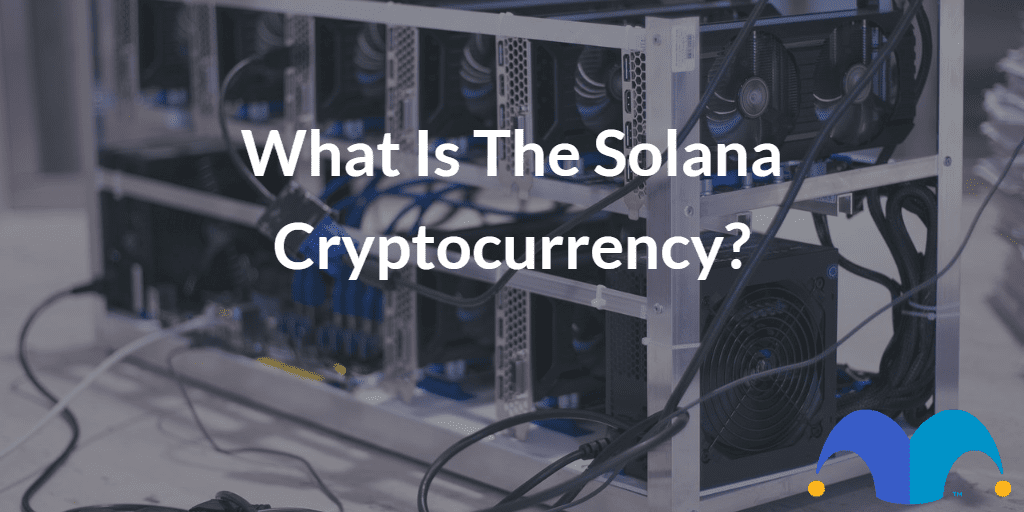With a name that sounds more befitting of a dodgy tanning salon, Solana is the latest cryptocurrency to garner a lot of attention. I’m going to demystify this project and explain the key things you need to know about how it works.
Solana (SOL) crypto: what is it?
Like many other cryptocurrencies out there, Solana is attempting to change the way we transact digitally.
The platform was created back in 2017 by Anatoly Yakovenko. From the very start, the platform has attracted talent from some big tech brands and funding from a number of major venture capitalists.
You can think of it as a competitor to the likes of Ethereum (ETH) or Cardano (ADA). It has a slightly more complex structure than something like Bitcoin (BTC).
With most digital currencies, more users and transactions clog up the network, making them hard to use and expensive. Solana’s current boasting feature is that it can handle up to 50,000 transactions per second. This is far more than many of the leading networks out there.
How does Solana work?
The three key things most cryptocurrencies are trying to overcome are:
- Scalability
- Security
- Decentralisation
In order to address these obstacles, Solana has a different structure to other projects. Instead of using the energy-intensive ‘proof of work’ (PoW), or even the more efficient ‘proof of stake’ (PoS), Solana works using a method called ‘proof of history’ (PoH).
Proof of history is pretty complex. It basically uses cryptography clocks that verify events with a time stamp. All you really need to know about this blockchain clock is that it’s much less intensive than other methods. This is why Solana can achieve more transactions per second than competitors such as Bitcoin and Ethereum.
What can the SOL coin be used for?
This is still a work in progress. But the design of low fees and the ability to accept thousands of transactions at a time is to try and create a very practical network.
There are still only a select number of uses for the SOL token right now. One example is teaming up with the organisers of the Lollapalooza festival to be the event’s official blockchain. The platform will release things like performer NFTs.
The Solana ecosystem is very much still in development, but it will contain things like NFT marketplaces, decentralised finance (DeFi) platforms, and even music streaming services.
What’s next for Solana?
The whole crypto market changes very quickly. Just as a new tech appears to be the next big thing in the space, something else comes out to usurp it.
This is definitely an interesting project to keep an eye on. It’s developing at a fast pace, with more and more services being built on the network. But there is still a long way to go before projects like this become mainstream.
The team behind every new digital currency claims that it will be the one to change the world. But who knows which one will reign supreme and actually become useful to all of us?
The content in this article is provided for information purposes only. It is not intended to be, neither does it constitute, any form of investment advice. Bitcoin and other cryptocurrencies are highly speculative and volatile assets, which carry several risks, including the total loss of any monies invested. Readers are responsible for carrying out their own due diligence and for obtaining professional advice before making any investment decisions.
